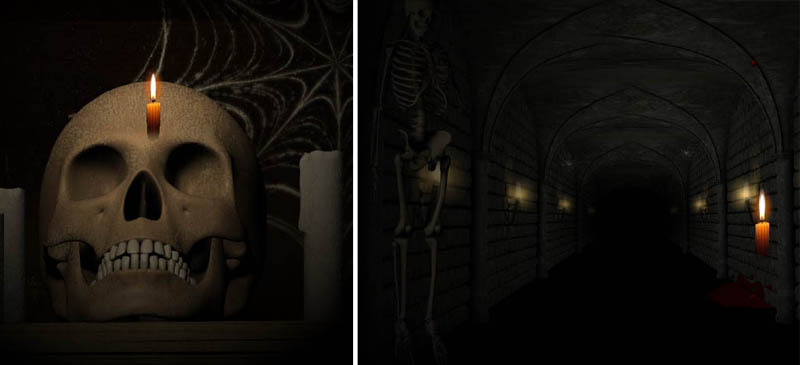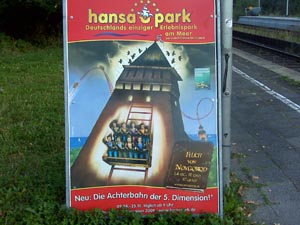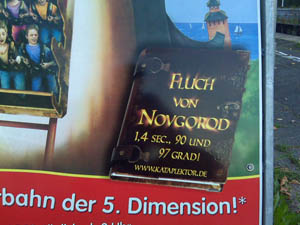Fluch von Novgorod (Word War II to Hansapark)
© Detlev Fischer 2002-2009. Please do not use any of this material without asking.
The Hansapark attraction
Quote from Hansapark web site about its latest attraction, roller coaster ride called Fluch von Novgorod (curse of Novgorod):
In 2009 HANSA-PARK presents a roller coaster ride experience of the next generation. The new themed ride will combine techniques and ride elements in a way never seen before. This fascinating new attraction, which will race through a reconstruction of the historic citadel of Novgorod, makes HANSA-PARK a pioneer and the leading innovator among the world’s best leisure parks.
There is a German Wikipedia entry about the specifications of the roller coaster (it's of the type 'Euro-Fighter').
History – the fifth dimension
What if not the repressed history is the fifth dimension (*) of the 'curse of Novgorod' roller coaster? (Thanks to Moorbek for putting me on that trail - see comment below.) As fast as it may run, the roller coaster as a physical thing is trapped in 3D plus time. The little star after the line "Die Achterbahn der fünften Dimension!*" (The roller coaster of the fifth dimension!*) is quite telling: it points to something that is relegated to the status of footnote, and at the same time the index is nowhere resolved.
That is the material content of mystery. The Flash adventure game on the Hansapark web site lends users a candle as interface metaphor, presumably to enlighten the mystery. Moving the candle around the screen, the user can search the key that leads to the catacombs where a few forgotten corpses, long skeletons, still wait to be found, acknowledged, identified, and buried (see figure 1). The ancient history of the citadel steps in for (and covers up) comparatively recent events.

Figure 1: Skull and skeletion found in the 'Fluch von Novgorod' adventure game
Quote from Veliky Novgorod, Wikidedia:
During World War II, on August 15, 1941, the city was occupied by the German Army. Its historic monuments were systematically annihilated. When the Red Army liberated the city on January 19, 1944, out of 2,536 stone buildings, fewer than forty were still standing.
This devastation meets a somewhat more general mention in the Novgorod entry on the German version of Wikipedia — more along the lines of: 'inevitably, bad things happen in any war':
Im Großen Vaterländischen Krieg (1941–1945) war Nowgorod vom August 1941 bis zum 15. Februar 1944 unter deutscher Besatzung und erlitt dadurch große Schäden. Bereits zum Anfang des Jahres 1944 wurde mit dem Aufbau der Stadt begonnen.
Comment
Moorbek: "Vielleicht ist es wert, deinen Nowgorod Artikel um die 5. Dimension zu erweitern. Das fällt mir jedenfalls sofort auf am Plakat. Was soll das Sternchen?"



